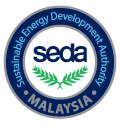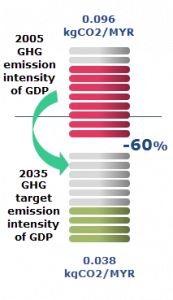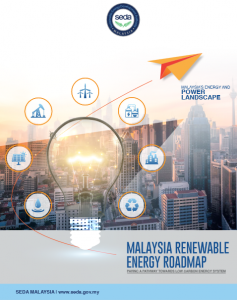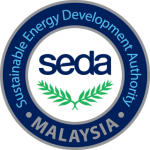In 2021, the Ministry of Natural Resources, Environment and Climate Change (NRECC) set a target to reach 31% of RE share in the national installed capacity mix by 2025. This target supports Malaysia’s global climate commitment is to reduce its economy-wide carbon intensity (against GDP) of 45% in 2030 compared to 2005 level. Realization of the Government’s vision is crucial in supporting the nation to achieve its Nationally Determined Contributions (NDC) targets.
The Malaysia Renewable Energy Roadmap (MyRER) is commissioned to support further decarbonization of the electricity sector in Malaysia through the 2035 milestone. This is expected to drive a reduction in GHG emission in the power sector to support Malaysia in meeting its NDC 2030 target of 45% reduction in GHG emission intensity per unit of GDP in 2030 compared to the 2005 level, and further reduction of 60% in 2035.
The scope of MyRER includes three workstreams; assessing the baseline installed capacity and RE resources potential, developing technology-specific RE targets and scenarios, and developing a strategic roadmap.
The MyRER considers two distinct scenarios for RE development in the nation towards the 2025 Government committed RE target and through to the 2035 milestone:
- Business as Usual (BAU) scenario considers the implementation of existing policies and programmes without further extension and/ or introduction of new programmes; and
- New Capacity Target (NCT) scenario aims for higher RE capacity target to align with further decarbonization of electricity sector in Malaysia toward 2035 milestone. This scenario is aligned with the capacity development plan of Planning and Implementation Committee for Electricity Supply and Tariff (JPPPET 2020) for Peninsular Malaysia, JPPPET 2021 inputs for Sabah and current outlook for Sarawak.
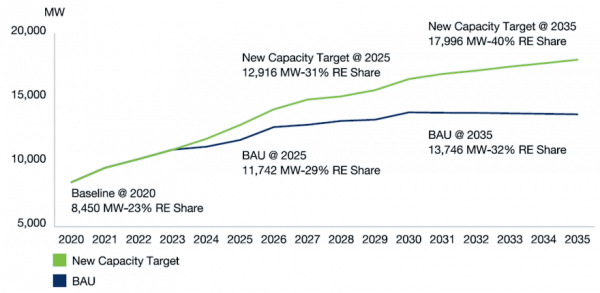
The MyRER formulates strategies to achieve the Government’s committed target of 31% RE share in the national installed capacity mix and to further decarbonize the power generation sector until 2035 by maintaining affordability and system stability. To achieve the stipulated RE targets and aspirations, commitments by policy makers, industry players and strategic partners including financial institutions shall be the determinant in ensuring the successful implementation of this Roadmap. This Roadmap will optimize the socio-economic benefits from the development of RE in Malaysia, whilst positively contributing towards the global climate-change agenda in decarbonizing the power sector for a better future.
The Roadmap aims to strike a balance between environmental targets, preserve affordability and economic benefits, and maintain system stability by mitigating the impact of variable renewable energy (VRE) sources, ultimately enabling the Malaysia power sector to deliver reliable and affordable green power to all.
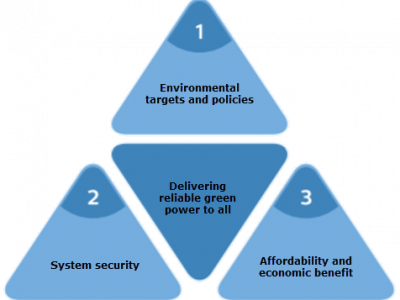
Objectives
Scope
Malaysia is blessed with abundant RE resources readily exploitable for power generation due to:
| Solar PV (includes ground mounted, rooftop and floating installation) | |
| Bioenergy (includes agriculture, animal and municipal & hazardous waste) | |
| Small hydro (system size up to 100 MW) | |
| Large hydro (system size > 100 MW) | |
| Geothermal |
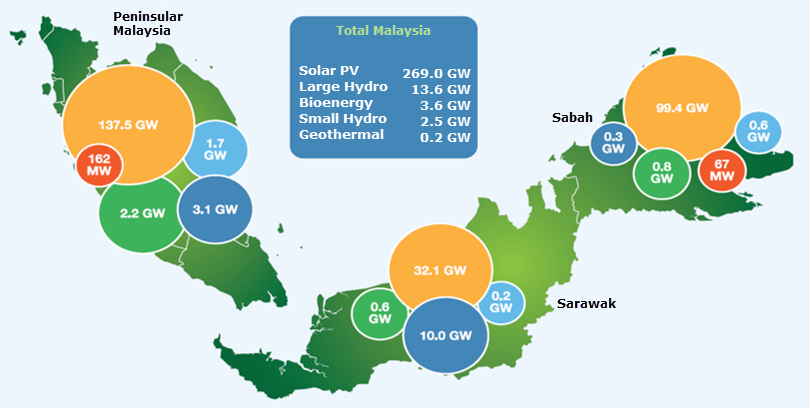
| SOLAR | LARGE HYDRO | BIOENERGY | SMALL HYDRO | GEOTHERMAL |
|---|---|---|---|---|
| 210GW Ground-mounted | 3.1GW Peninsular | 2.3GW Biomass | 1.7GW Peninsular | 162MW Peninsular |
| 42GW Rooftop | 500MW Sabah | 736MW Biogas | 0.6GW Sabah | 67MW Sabah |
| 17GW Floating | 10GW Sarawak | 516MW Solid Waste | 0.2GW Sarawak |
The MyRER 2035 considers two distinct scenarios for RE development in the nation toward the 2025 Government target and through to 2035:
Business as Usual (BAU)
Business as Usual (BAU) scenario considers the implementation of existing policies and programmes without further extension and/or introduction of new programmes.
New Capacity Target (NCT)
New Capacity Target scenario aims for much higher RE capacity target to align with further decarbonization of electricity sector in Malaysia toward 2035 milestone. This scenario is aligned with the capacity development plan of Planning and Implementation Committee for Electricity Supply and Tariff (JPPPET 2020) for Malaysia. It represents the official commitment by the Government in achieving the 31% and 40% RE target by 2025 and 2035 respectively.
BAU 2025
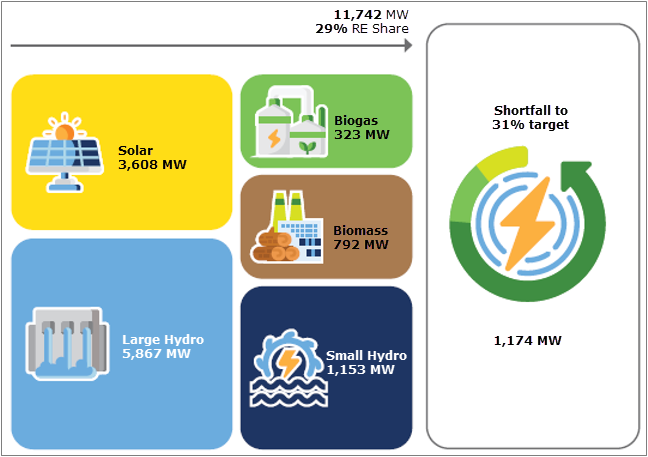
NCT 2025
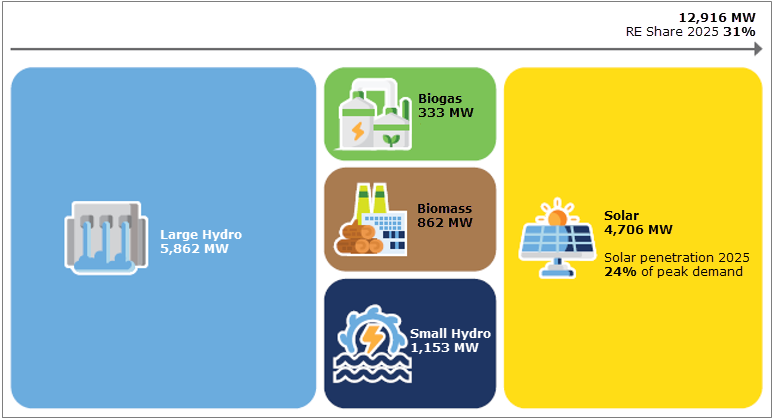
BAU 2035
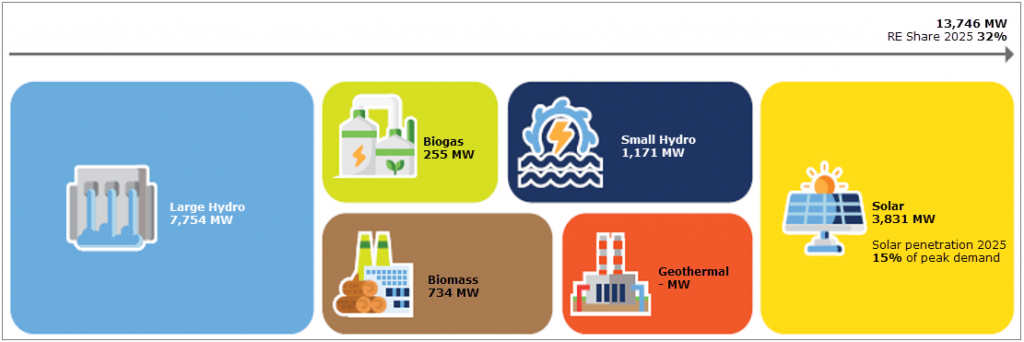
NCT 2035

Updated as 6 October 2021
Figures inline with JPPET 2020
Source: SEDA; ST; SB Peninsular Malaysia, SB Sabah; SESB; SEB
